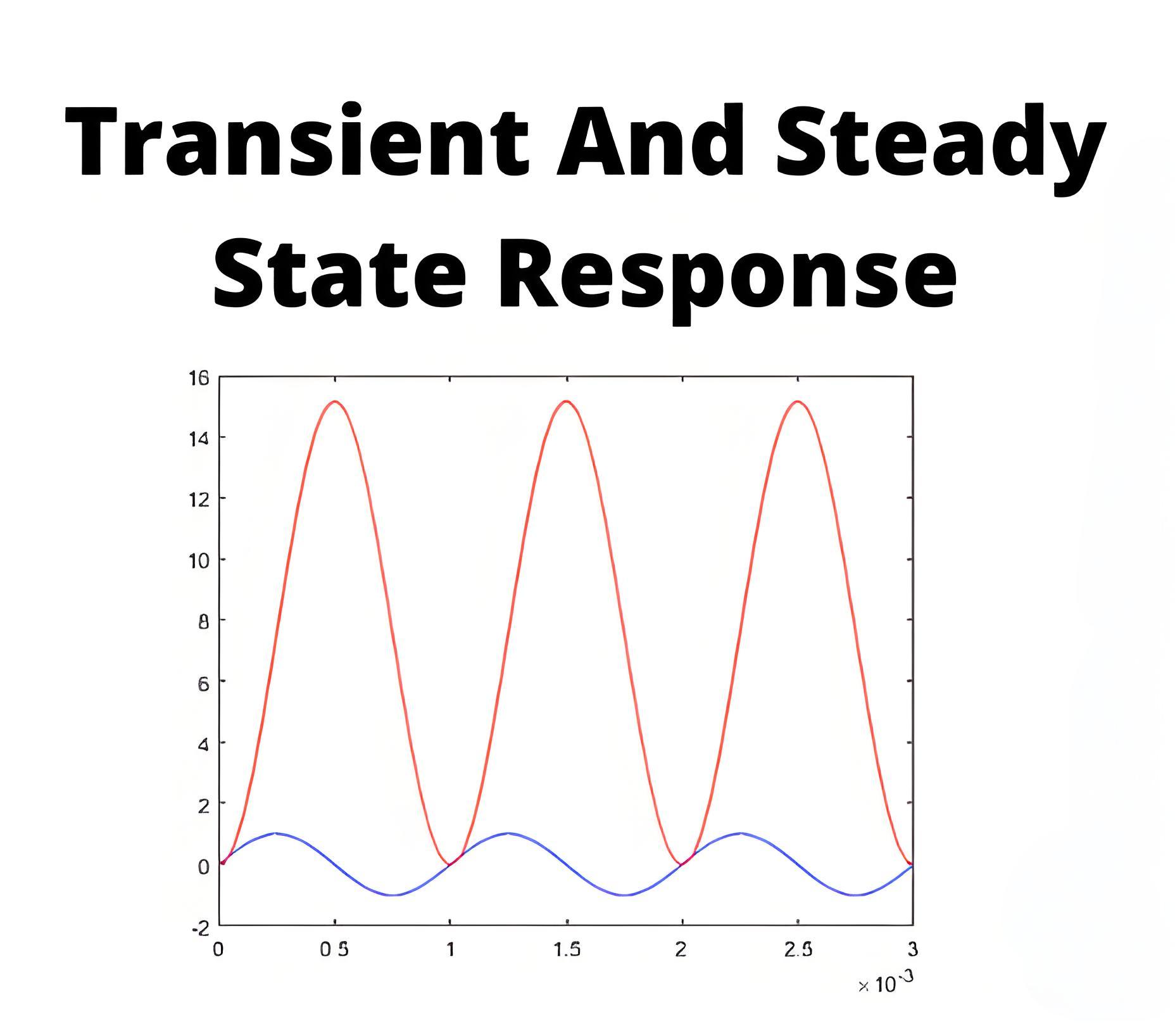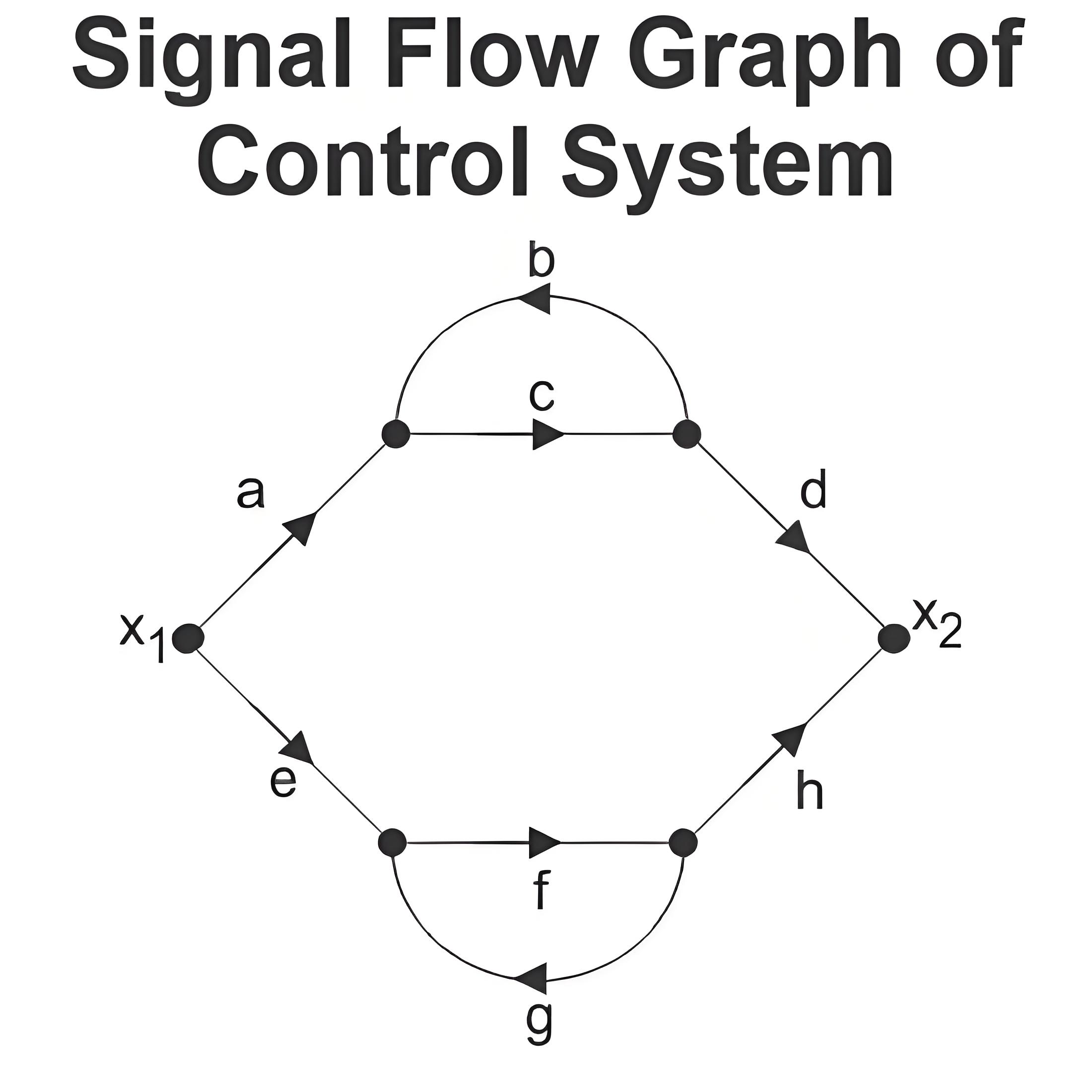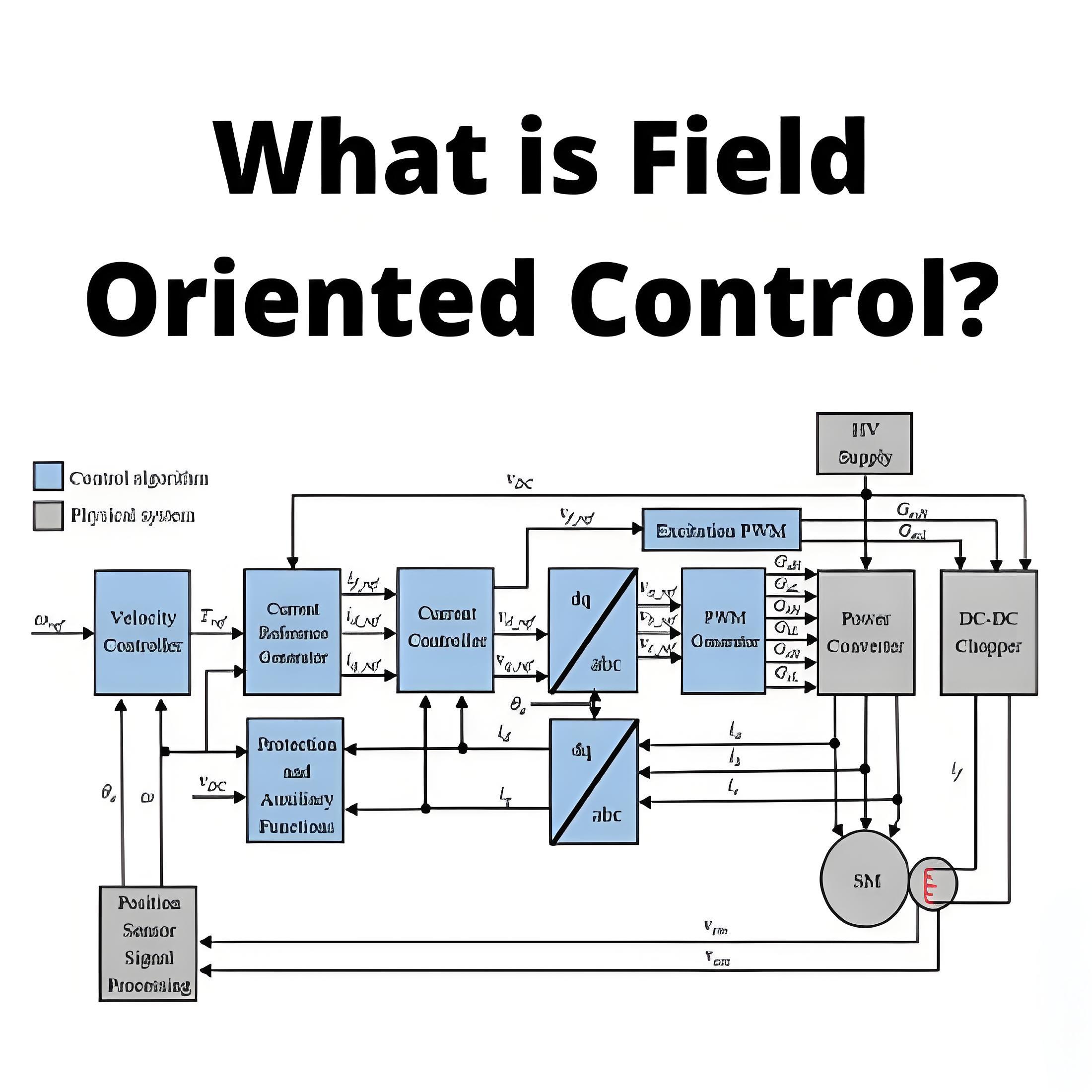How to Calculate Short Circuit Current?
How to Calculate Short Circuit Current?
Short Circuit Current Definition
Short circuit current is defined as the large current that flows through an electrical system when a fault occurs, causing potential damage to circuit breaker components.
When a short circuit fault happens, a large current flows through the system, including the circuit breaker (CB). This flow, unless stopped by the CB tripping, subjects the CB parts to significant mechanical and thermal stresses.
If the CB’s conducting parts lack sufficient cross-sectional area, they can overheat, which may damage the insulation.CB contacts also heat up. Thermal stress in the contacts is proportional to I2Rt, where R is contact resistance, I is the short circuit current’s rms value, and t is the duration of current flow.
After initiating fault, the short circuit current stays until the interrupting unit of CB, breaks. Hence, time t is breaking time of the circuit breaker. As this time is very less in scale of mili second, it is assumed that all the heat produced during fault is absorbed by the conductor since there is no sufficient time for convention and radiation of heat.
The temperature rise can be determined by the following formula,
Where, T is the temperature rise per second in degree centigrade.I is the current (rms symmetrical) in Ampere.A is the cross-sectional area of the conductor.ε is the temperature coefficient of resistivity of the conductor at 20 oC.
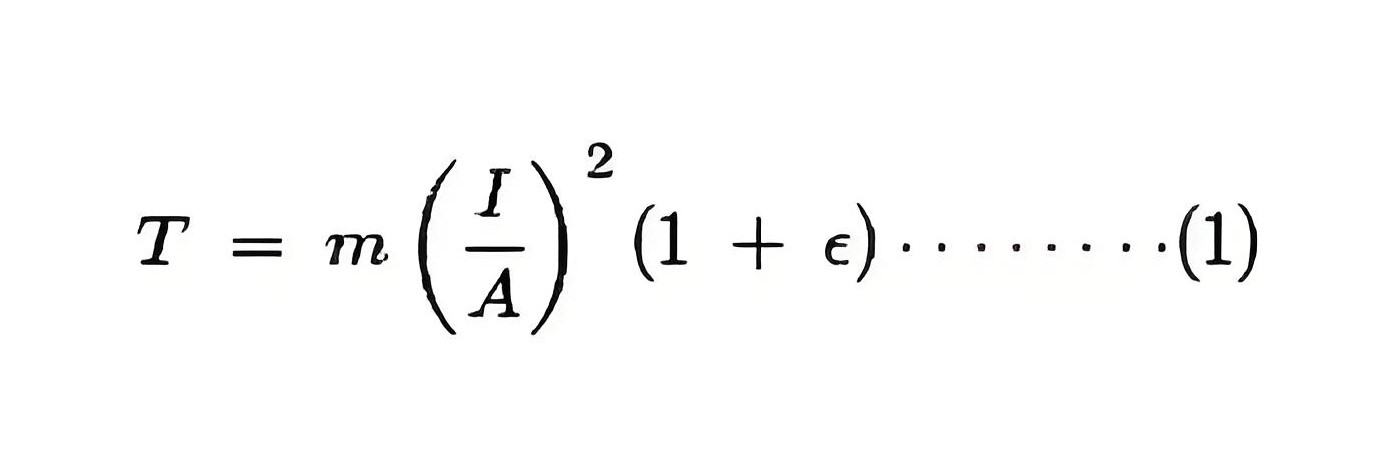
Aluminum loses its strength above 160°C, so it’s crucial to keep the temperature rise below this limit. This requirement sets the allowable temperature rise during a short circuit, which can be managed by controlling the CB’s breaking time and designing the conductor dimensions properly.
Short Circuit Force
The electromagnetic force developed between two parallel electric current carrying conductors, is given by the formula,
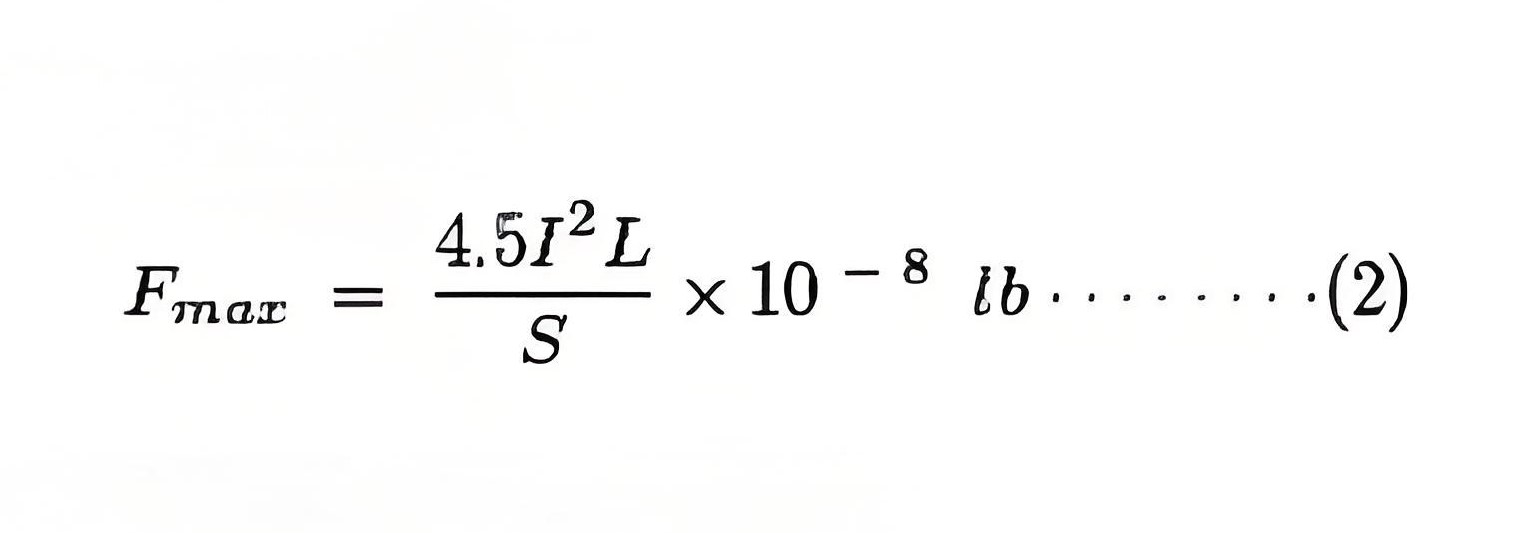
Where, L is the length of the both conductors in inch.S is the distance between them in inch.I is the current carried by each of the conductors.
It is experimentally proved that, electromagnetic short circuit force is maximum when the value of short circuit current I, is 1.75 times the initial rms value of the symmetrical short circuit current wave.
However, in certain circumstances it is possible that, forces greater than these may develop, such as, for instance in the case of very rigid bars or due to resonance in the case of bars liable to mechanical vibration. Experiments have also shown that the reactions produced in a non resonating structure by an alternating current at the instant of application or removal of the forces may exceed the reactions experienced while the current is flowing.
Thus it is advisable to error on the side of safety and to allow for all contingencies, for which one should take into account the maximum force which could be developed by the initial peak value of the asymmetrical short circuit current. This force may be taken as having a value which is twice of that calculated from the above formula.
The formula is strictly useful for circular cross-sectional conductor. Although L is a finite length of the portions of conductors run parallel to each other, but the formula is only suitable where the total length of each conductor is assumed as infinite.
In practical cases the total length of the conductor is not infinite. It is also considered in mind, that, the flux density near the ends of current carrying conductor is considerably different than its middle portion.
Hence, if we use above formula for short conductor, the force calculated would be much higher than actual.It is seen that, this error may be eliminated considerably if we use the term.It is stead of L/S in the above formula.
The formula, represented by equation (2), gives error free result when the ratio L/S is greater than 20. When 20 > L/S > 4, formula (3) is suitable for error free result.
If L/S < 4, formula (2) is suitable for error free result. The above formulas are only applicable for circular cross-sectional conductors. But for rectangular cross-sectional conductor, the formula needs to have some correction factor. Say this factor is K. Hence, the above formula ultimately becomes.
Although the effect of shape of cross-section of conductor reduces rapidly if spacing between the conductor increases the value of K is maximum for strip like conductor whose thickness is quite less than its width. K is negligible when shape of cross-section of conductor is perfectly square. K is unity for perfectly circular cross-sectional conductor. This holds true for both standard and remote control circuit breaker.
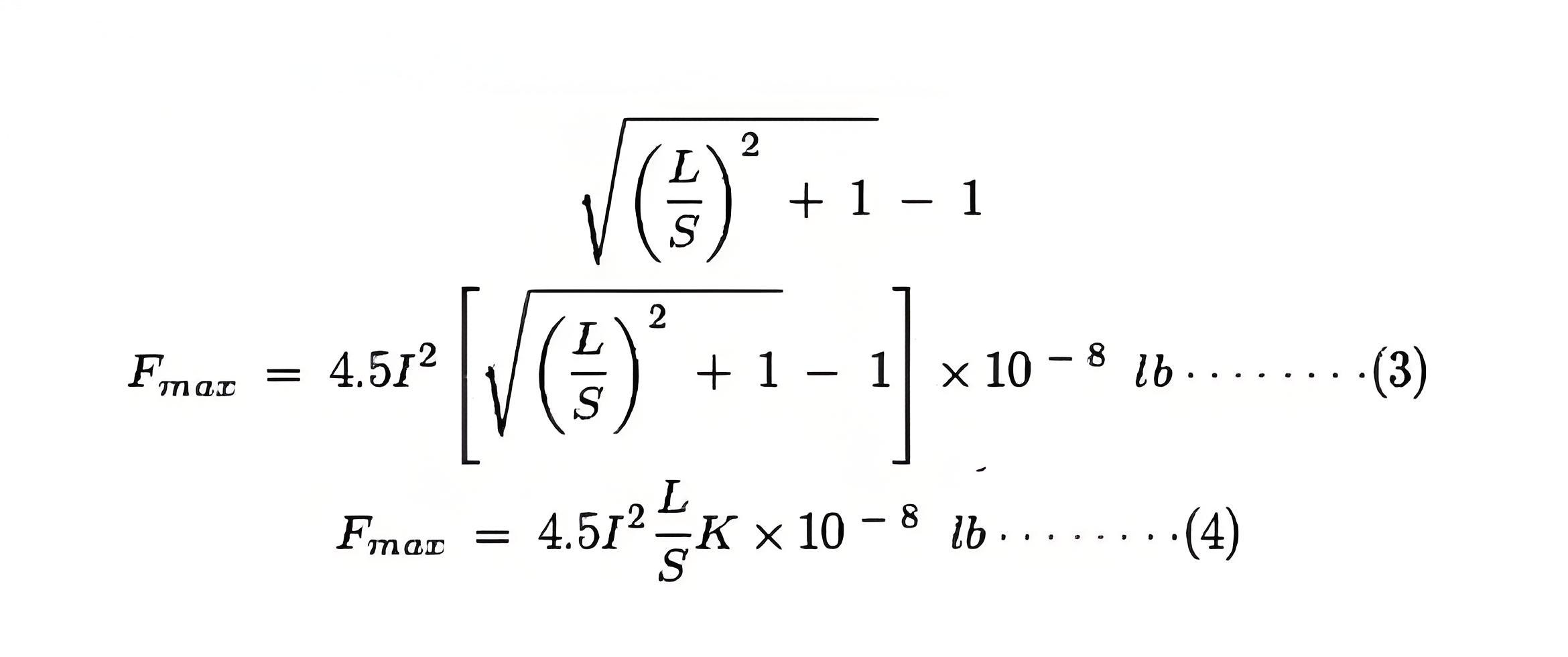
Welcome to our electricity community! Established to facilitate the exchange and cooperation in the electricity industry and bridge professionals, enthusiasts, and related enterprises.


